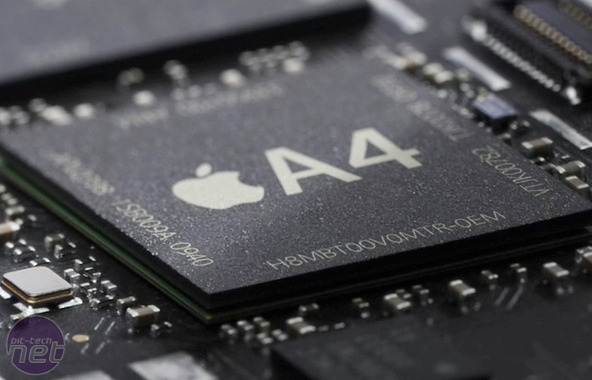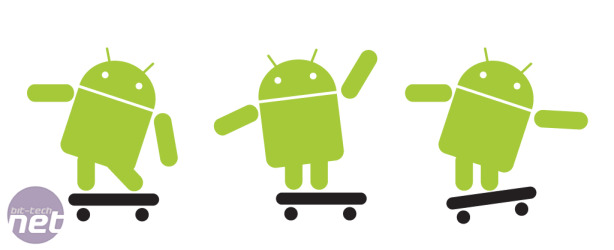What should a bit-tech iPhone 4 review look like?
June 24, 2010 | 10:45

What should a bit-tech iPhone 4 review look like?
Three or four years ago, so-called smartphones were little paddles for batting e-mail around and (for the supremely patient) the very gradual loading of websites. Now, they’re always on, always connected lightweight personal computers capable of multi-tasking and running third party software.They’re an important part of many a geek’s life: but you don’t need me to tell you that. Remember the reader survey? According to the results, 75 percent of you guys already have a smartphone or plan to buy one by the end of the year – a trend reflected in the editorial team (four iPhones/iPod touches, two HTC Androids and one couldn’t care less).
With that in mind, should we think about covering smartphones in more depth, going beyond news and game round-ups? When it comes to our product coverage, bit-tech is about covering is the most interesting computing technology available and we want to look at it in detail – both in terms of how products work and how they perform.
Desktop PCs are traditionally what we’re interested in because they’re typically the most important PC system for an enthusiast; they’re the fastest computers you can actually buy (unless you’ve got a server farm in your basement), and it’s where you see new process technology, the best graphics and the fastest chips. However, smartphones (and by extension, tablets) are where innovation is happening when it comes to user interface design, input methods, the impact of being constantly network connected and arguably, hardware design – miniaturisation obviously, but also in areas such as CPU architecture.

ARM licenses its CPU design, so companies such as Apple can make custom versions
Intel might have dominated most desktop PC builds for the last half decade but in smartphones, it’s playing desperate catch up to ARM. AMD vs Intel is a straight fight between two companies with very similar business models – both design and until recently, manufactured their own CPUs, using the same x86 instruction set, and then partners bought the chips that were on offer. ARM however licenses its design to a huge variety of firms. AMD was one target, and it proved easy for Intel to dominate – ARM, by contrast, is a hydra-headed beast, because its partners can take ARM’s CPU design in any direction they like. They can add new features to it, add cache, mix and match graphics cores, audio abilities, radio transmitters and receivers. They can re-arrange the chip to optimise it for clockspeed, for power consumption, for decoding video, for gaming, for whatever they like.
It’s a fascinating battle between two companies with genuinely different approaches, and it’s mirrored by the contrast between Apple and Google with iOS and Android. Again, this fight is very different to what the two companies are used to. When Apple battled Microsoft, both had pretty much the same objective – more people using their respective operating systems.

These Androids might look merry but they're out to get the iPhone
Google does not want exactly the same thing as Apple. Apple makes its money and places much of its expertise in hardware (and hardware as the expression of a piece of software). Google, in contrast, is all about software which is free to use and which feeds a very advanced advertising system.
Apple wants you to pay a premium for nicely designed, high-end kit. Google wants you to use the internet, and to serve that aim, it wants internet connected devices to be as cheap and readily available as possible. If you want new technology and fresh conflicts, smartphones have both in abundance.

MSI MPG Velox 100R Chassis Review
October 14 2021 | 15:04








Want to comment? Please log in.